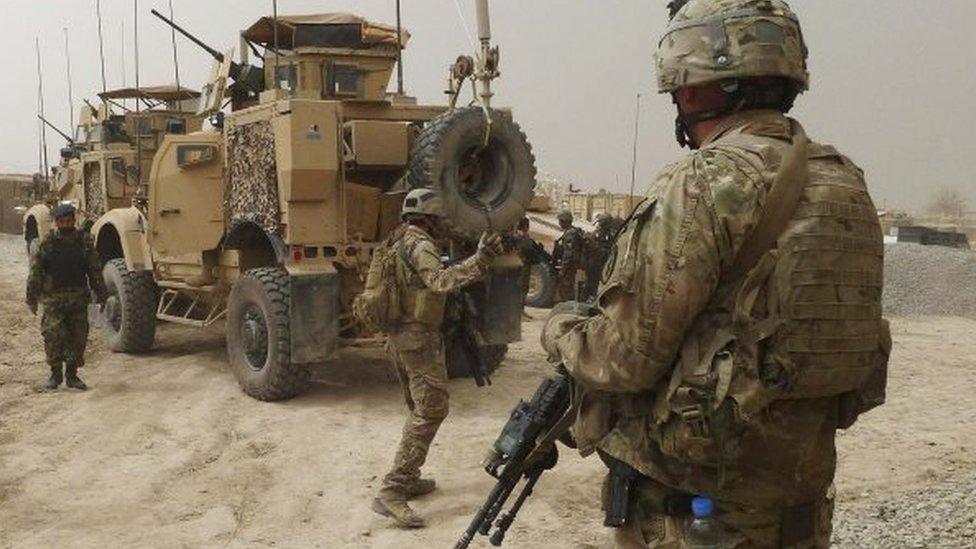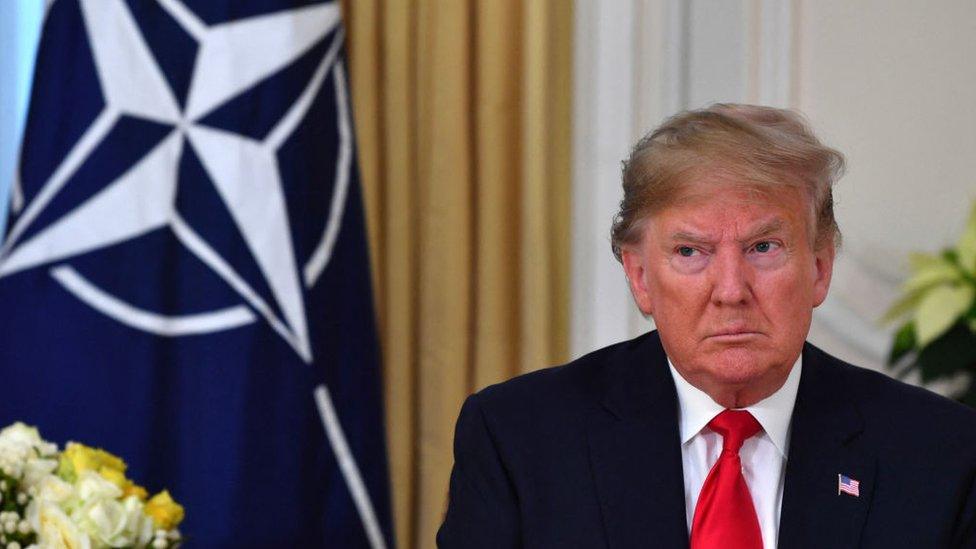Analysis: What does Nato want from Trump?
- Published
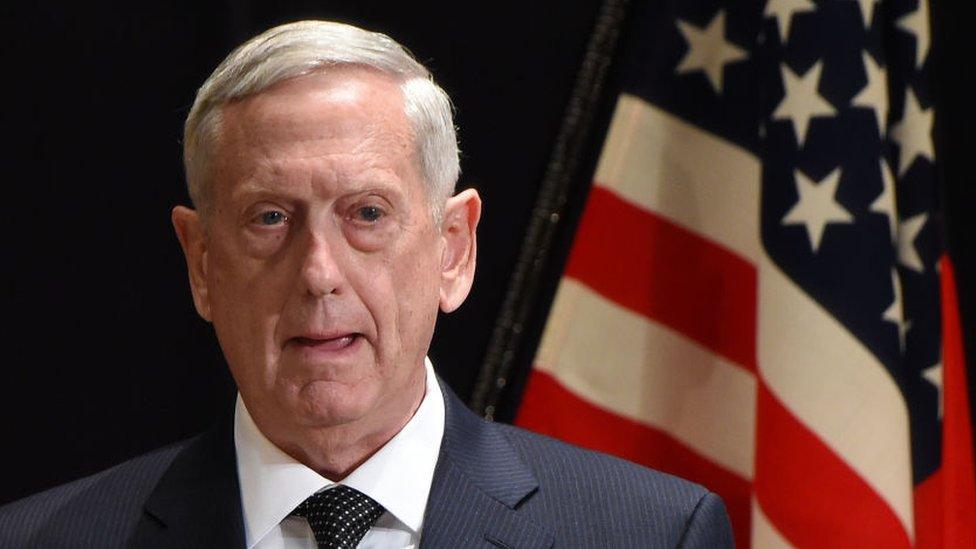
Nato members will want to be reassured by General Mattis
This meeting of Nato defence ministers is the first formal alliance get-together since the arrival of the Trump administration in Washington. Mr Trump's initial suggestion that Nato was in some sense "obsolete", along with his stated desire to do deals with Moscow, set alarm bells ringing in many capitals, where Russia is seen as a re-emerging strategic threat.
Many in Europe see elements in the Trump administration as having an in-built antipathy towards multilateral institutions. There were also fears about certain officials' closeness to Moscow - a worry that the US might seek a strategic dialogue with Russia over Europeans' heads. Accordingly, the resignation of the president's controversial National Security Adviser Michael Flynn will not prompt many tears in Europe.
America's European allies will, though, at least to some extent, have been reassured by the subsequent noises that have come out of Washington. But they will want to hear direct reassurance from Gen James Mattis - Mr Trump's new defence secretary - that the alliance retains its centrality in US security thinking.
They will also want confirmed that all of the steps that the Obama administration took to reinforce deterrence in Europe - the deployment of additional combat brigades and an intensive series of exercises - will continue under the new man in the White House.
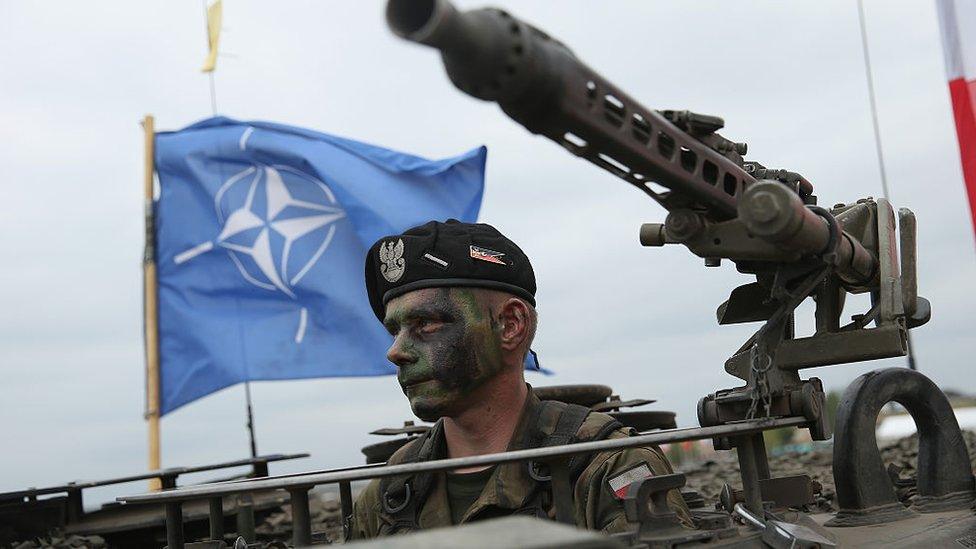
Poland is one of just five Nato members to meet spending the spending benchmark in 2016
Of course Gen Mattis will come with some messages of his own. President Trump - indeed the US Congress - wants to see the European allies shoulder more of the cost of their own defence.
Washington has shown that it is willing to stump up troops and equipment, but while collective Nato expenditure is rising, too many Nato governments have been sluggish in bringing their expenditure up to the agreed target of 2% of GDP. According to the latest Nato figures only five allies, Estonia, Greece, Poland, the UK and the United States met or exceeded the 2% benchmark in 2016.
The demand from Washington that its allies spend more on their collective defence has been a consistent one over recent years. As a former Nato commander, Gen Mattis knows the alliance well and he has heard all of the excuses before. He will deliver the familiar message with more punch and with a clear implication that this time the US administration expects to see prompt action.
Gen Mattis also wants to see Nato become more agile and better at decision-making especially at times of crisis. Washington wants to see the alliance playing a greater role in international efforts to defeat terror and to help prop up failing states.
This is a difficult area which causes divisions among the alliance's European members as much as between European capitals and Washington. Iraq - where Nato has already agreed to conduct a small amount of training - could become a test case.
The Americans are already thinking about what will happen after Mosul is fully re-captured. As the situation on the ground transitions from all-out war-fighting, there will be a continuing need to build Iraqi capabilities. Here there are lots of things that the US believes Nato countries could do - training for border patrolling, instituting defence reforms and so on. So far the response among allies to the small-scale effort in Iraq has been, shall we say, limited.
As far as Washington is concerned, Nato countries don't just need to spend more - they need to significantly enhance their capabilities and be relevant to the sort of real-world tasks in which the US wants its partners to be engaged.
Nato's response to a more assertive Russia is all very well but it threatens to open up fissures between northern and eastern allies, on the one hand, who directly face Russia's modernising forces and countries on Nato's Mediterranean flank, on the other, who confront a very different set of challenges.
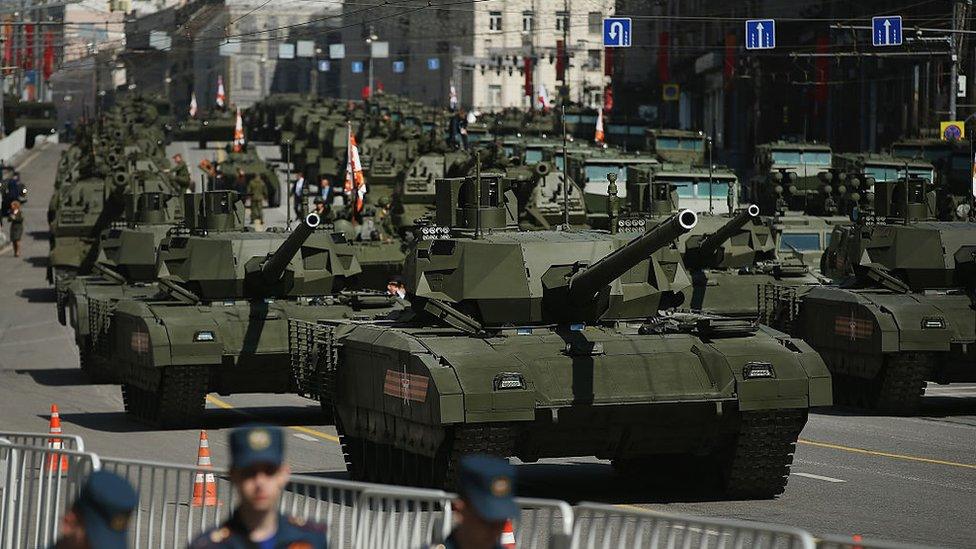
The alliance is faced with a more militarily assertive Russia
As the paroxysms in Syria and Libya have shown, the migrant or refugee crisis has repercussions throughout the Middle East and much of Europe.
At this meeting, Nato ministers want to apply a small corrective to enhance the focus on threats from the south. It's a modest start - a small command hub at the joint forces headquarters in Naples whose job will be to explore what Nato can contribute to dealing with the complex security challenges on its southern flank.
But as well as a demand for a more dynamic Nato agenda the US is eager to reassure its allies. A senior US Congressional delegation is visiting the Nato headquarters this week. The Nato meeting is followed by Europe's premier annual security event - the Munich conference - after which the US vice-president himself will also be stopping by at Nato.
It is all something of a curtain-raiser for the US president's own first visit to the alliance which will take place in late May. That looks set to be a fairly brief event - little more than a lunch - in Nato's brand new headquarters building, which inconveniently will not be finished in time for the summit.
By then it is hoped that Mr Trump will have fully made his peace with Nato. If not, a reduced scale summit in an unfinished building holds risks as well as opportunities. The headline writers could have a field day.
The hope is that this Nato ministerial meeting will set the course for more harmonious relations between the alliance and its most important, albeit mercurial member.
- Published14 February 2017

- Published16 January 2017
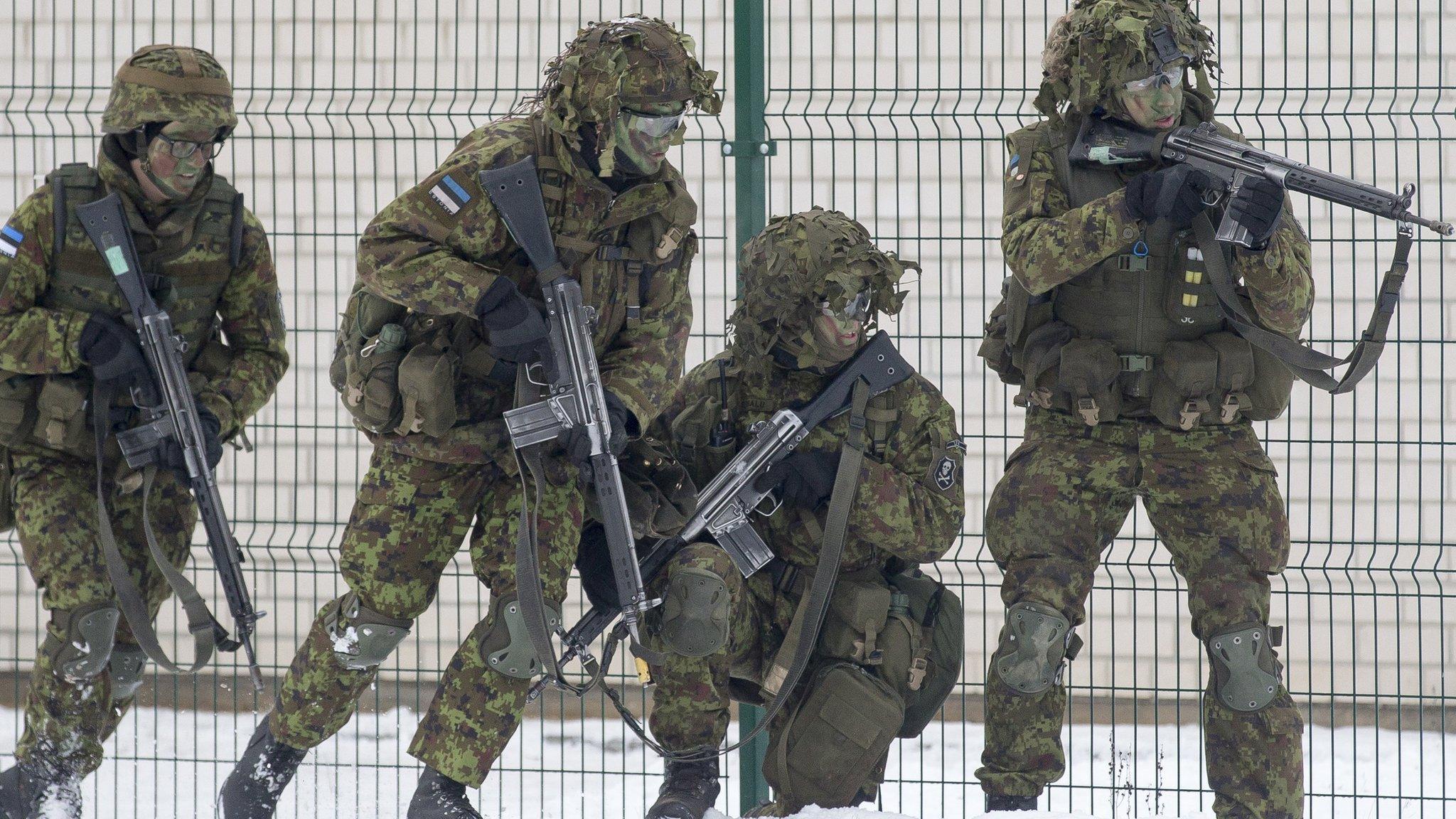
- Published9 February 2017
